What will we save? The conservation decisions we make today will impact Canada’s wildlife forever
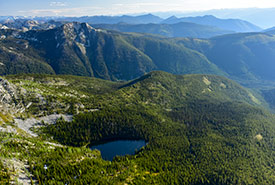
Next Creek alpine lake (Photo by Steve Ogle)
Nature conservation often means making tough decisions. The conservation that does, or doesn’t, happen today will have a big impact on the future of wildlife here in Canada and beyond. Canada is a large and vast country, and we are one of...
A glimpse of the past: Using historic maps to guide land management
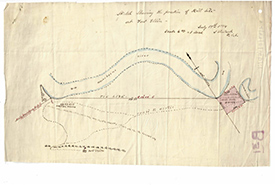
Historic land survey outlining the store house and fort site at NCC’s Fort Ellice property in MB (Photo by Manitoba Archives 2019)
The Prairie provinces, like much of agricultural Canada, look vastly different than they did before European settlement. During the development of Western Canada, forests were cleared, wetlands drained and grasslands plowed in an effort to settle...
Career curiosity
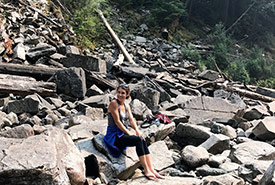
Drew dostaler, NCC's 2019 national conservation engagement intern (Photo courtesy of Drew Dostaler/NCC staff)
My time here at the Nature Conservancy of Canada (NCC) has marked a pivotal moment in my life, exposing me to the non-profit sector, different conservation processes and new challenges. With all of these new experiences, though, I have to wonder:...
Are you seeing the whole picture? Using elevation data to help conserve biodiversity
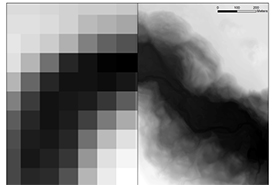
Elevation data showing the Beaver Creek River Valley. Historic data (100-metre resolution) vs. newly available LiDAR data (> one-metre resolution). (Image by NCC)
As a land planner, I am always looking for new ways to learn more about the landscapes in which the Nature Conservancy of Canada (NCC) works. Enter LiDAR (or light detection and ranging), a technology that has been around for decades but...
Where are they now? Intern Alumni Spotlight: Claire Elliott
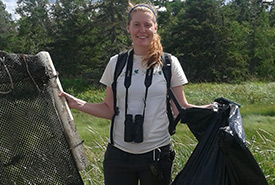
Claire Elliott at a Conservation Volunteers event in Tabusintac, NB (Photo by Joanna Hudgins)
This blog marks the eighth Intern Alumni Spotlight — a series highlighting some of the individuals who have interned with the Nature Conservancy of Canada (NCC) in the past. Last month, Victoria Shore was featured as the Intern Alumni...
Labrador...one of nature's final frontiers
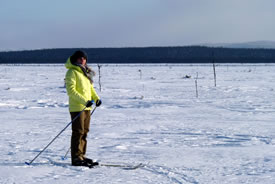
Lindsay Notzl cross-country skiing in Labrador (Photo by Jon Feldgajer)
If you are a wilderness lover, or an adventurer of any kind, Labrador should be on your list of "must sees." Labrador (or "The Big Land" as it is sometimes called) stretches across vast expanses of tundra, taiga and boreal forest. Anglers from...
Siri, where's the nearest conservation area? Celebrate GIS Day with NCC
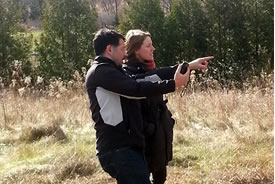
Gary White and Laura Robson in the field, ON (Photo by NCC)
Have you ever used Google Maps or Siri to find directions to the closest coffee shop? Congratulations! You just conducted a GIS analysis and are encouraged to celebrate GIS Day on November 20. GIS Day started in 1999 and is held on the third...
Googling the Earth like a pro: How NCC uses Google Earth mapping software for conservation planning
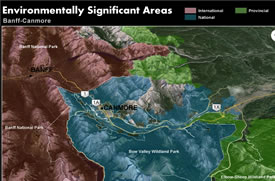
Environmentally Significant Areas near Banff and Canmore, AB (Map by NCC)
Web browsers who visit the Google Earth homepage are greeted with the friendly message "Hello, let's go explore." But the web-based satellite mapping system is more than simply a fun way to explore our planet in three dimensions. It's also an...

